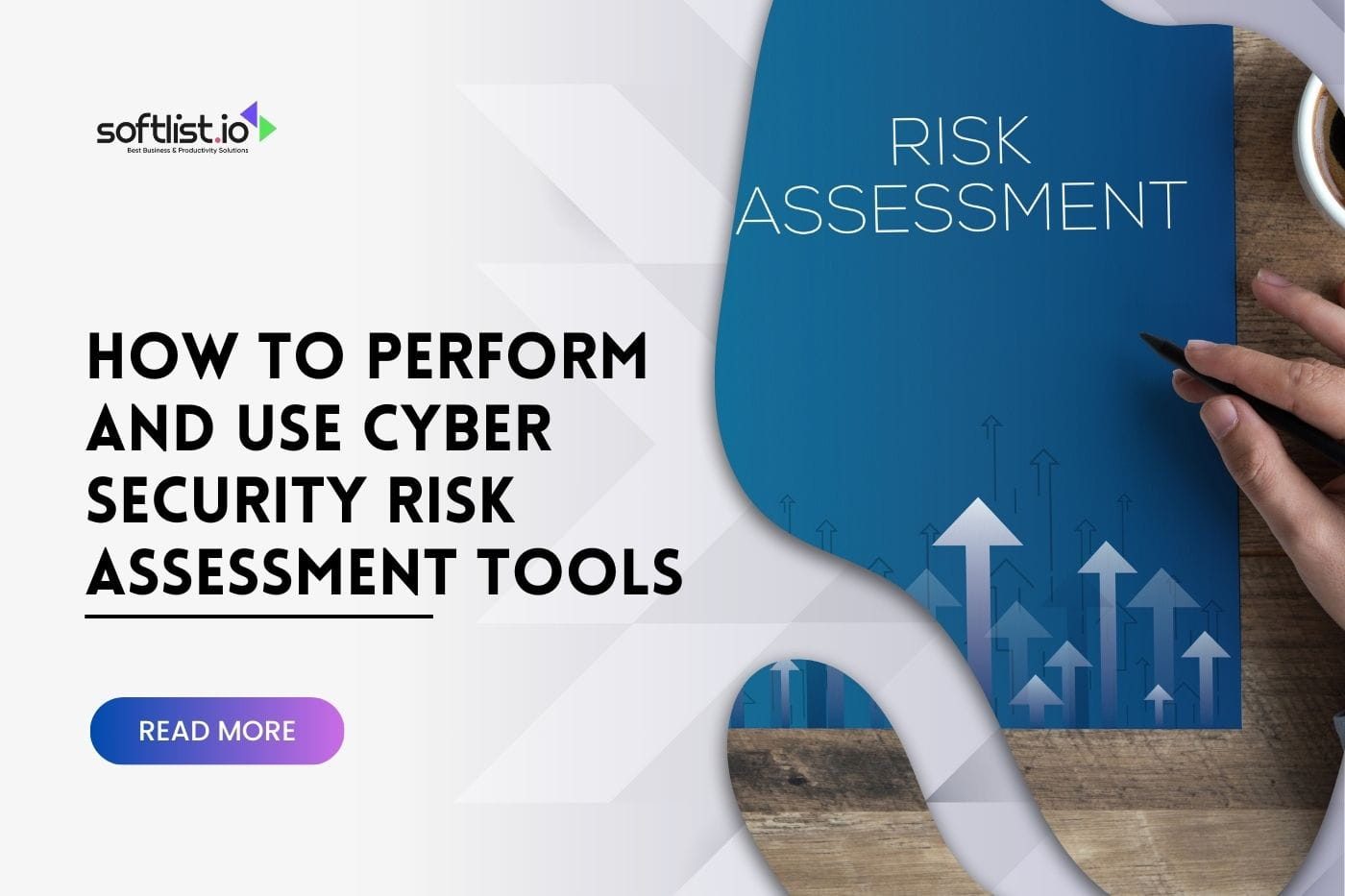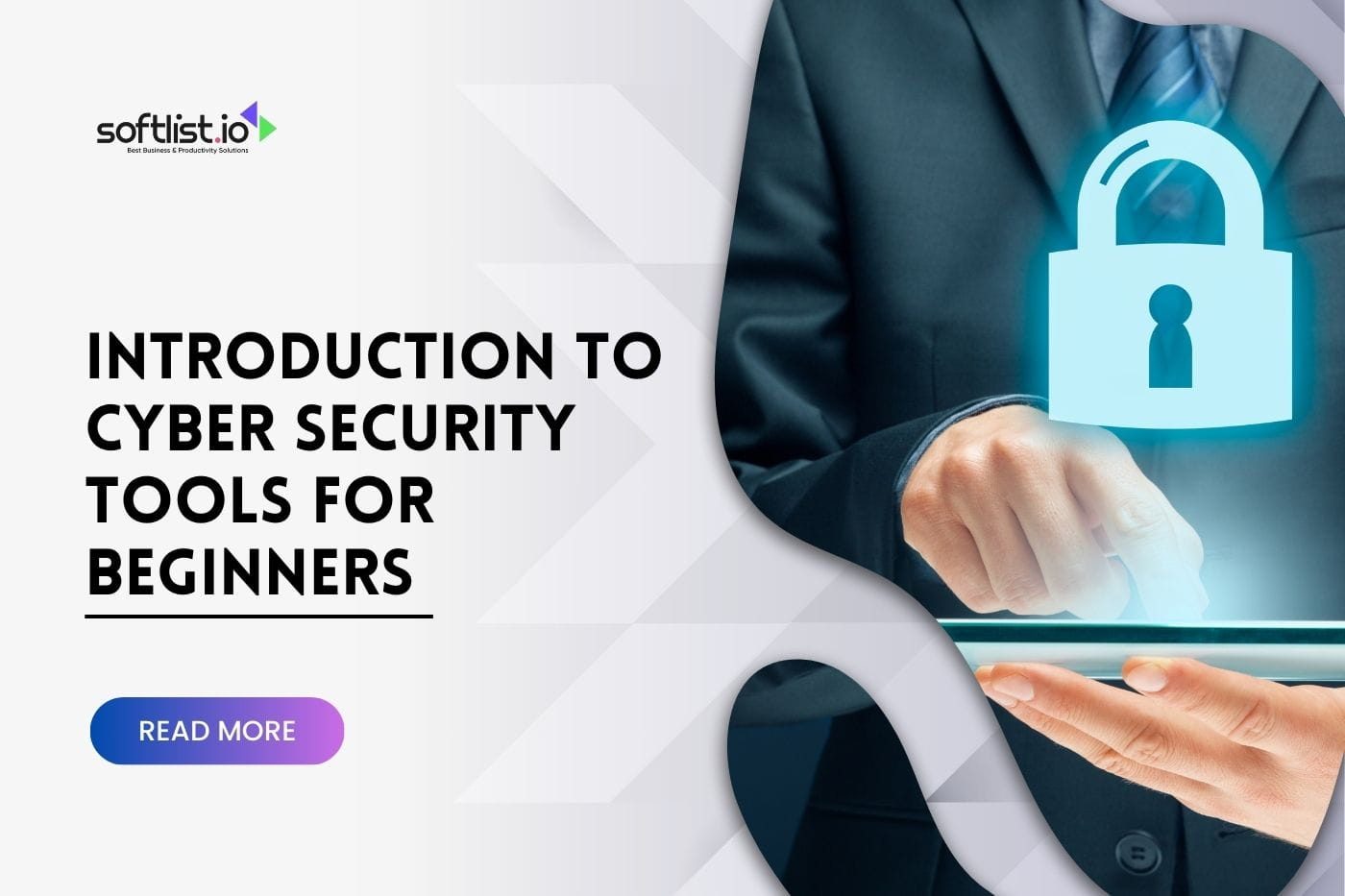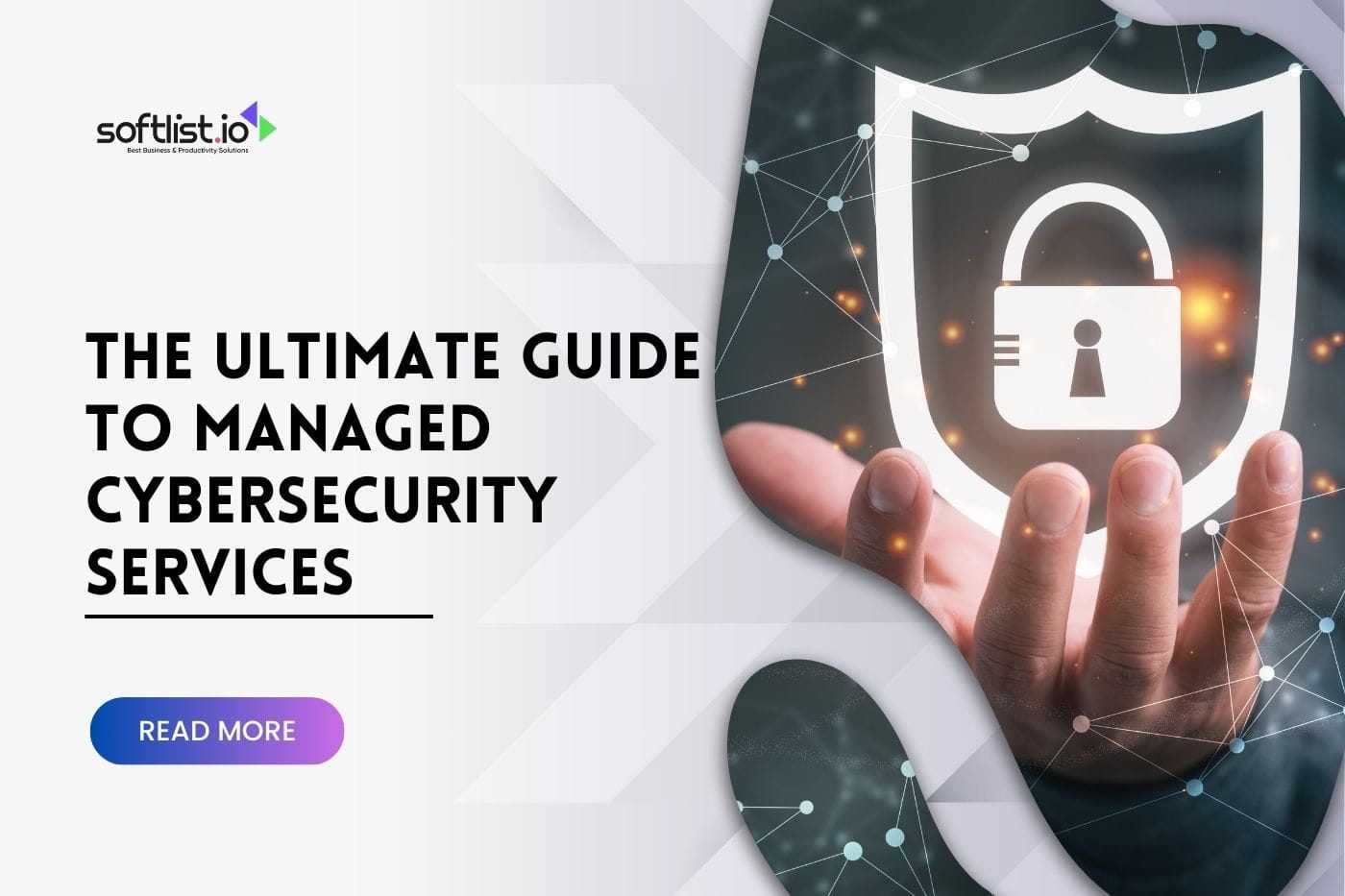Do you work in accounting and want to know how CPA software can change your daily chores and make your job easier? Stop looking! In our helpful piece, we’ll detail how these powerful tools work and how they can make your job easier and more efficient.
CPA software is changing the way accountants handle their work. They can now automate tedious chores and give them real-time financial insights.
Take advantage of the chance to use these innovative solutions fully. Please read our guide to learn the secrets of CPA software. They will give your practice an edge in the fast-paced world of accounting!
What is CPA Software? How Does It Work?

CPA software is a computer program that helps Certified Public Accountants (CPAs) do their jobs better and more efficiently. A piece of software that helps in many ways with planning. Some examples are keeping financial records, making tax forms, and making financial accounts.
The app works by taking care of many tedious and time-consuming jobs that CPAs must do daily. This gives them more time to work on jobs that are harder and require more skill. It can usually deal with customers, documents, and other positions. It talks about both billing and billing and billing and billing.
CPAs can easily keep track of client information, organize financial records, and make tax reports when they use CPA software. A lot of software for CPAs is also in the cloud.
It means that CPAs can get to their data. They can work from anywhere that has access to the internet. CPA software is essential for modern accountants who want to do their jobs faster and better.
Understanding CPA Software For Accountants

Accountants can do their work faster and better with the help of CPA tools. The app handles everything you need to do with your books, financial records, and taxes.
The app makes it easier for certified public accountants to do their regular job. Accounting software usually has tools that help users keep track of their paperwork. It allows customers to pay their bills and handle payments.
When an accountant has a lot of clients, it can take away a lot of work to keep track of all their financial information. This tool may come in handy. Users of cloud-based accounting software can see their data from anywhere with an internet link.
CPA tools could also help find and fix errors. It can make things more accurate, which will help accountants do a better job for their clients. Accountants can do their jobs better without working harder if they use CPA tools.
Essential Features of CPA Software

CPA software is essential for people who work in finance. It helps them plan and speed up their work. For effective and accurate financial management, CPA software needs to do the following:
Financial Management and Reporting
Tools for CPAs should help with reviewing and keeping track of finances. This means keeping track of money coming in, going out, and making detailed financial records.
The balance sheet and the profit and loss account are two examples. Accountants can look at a business’s assets and decide what to do using these tools.
Tax Compliance and Preparation
Paying taxes is a part of managing money. Users of CPA software should be able to file tax forms quickly and correctly with its help. Tax preparation is instantly calculated based on your income, deductions, and credits. The professional tax software should be changed often to reflect the latest tax laws.
Payroll Processing
Businesses need payroll handling. The common accounting software features of CPA software should help users figure out employee pay, fees, and tax filing process. The program should accept checks, direct deposits, and payroll tax forms.
Invoicing and Billing
For cash flow to work, invoicing and billing have to work well. The best tax software should have simple tools for billing and invoicing.
It should include keeping track of payments, and keeping track of accounts outstanding. This ensures that bills are sent on time and in the right way, making it less likely that payments will get lost or be late.
Budgeting and Forecasting
Financial planning includes both thinking about the future and making a budget. You should be able to create budgets with CPA tools.
You can compare actual results to budgeted numbers and make financial projections. This helps businesses make better choices about how to spend their money. They can use their tools, and grow.
Integration with Other Accounting Tools and Software
The CPA program should be easy to use and work with financial tools. This includes connecting to a bank, a payment gateway, and an e-commerce site.
It also has importing and exporting data between accounting systems. CPA software can give a good picture of a business’s funds when used with other tools. Accounting is simple.
The Mechanics of CPA Software

Accountants and other financial workers can get the most out of CPA software if they know how it works. Here are some essential parts of CPA software that make it work well as a whole:
Automation of Repetitive Tasks
CPA software can automate many time-consuming and repetitive chores. It frees accountants to focus on their jobs’ more critical and complex parts.
Data Entry
CPA software can instantly import data from various sources, such as bank accounts, credit cards, and financial statements. This cuts down on manual data entry, saving time and lowering the chance of mistakes.
Reconciliation
The software can instantly match and reconcile transactions. It makes finding mistakes easier and ensuring financial records are correct.
Real-time Financial Insights
CPA software provides real-time financial insights, enabling accountants to decide informed decisions based on up-to-date data.
Dashboards
The software can show cash flow, costs, and income on dashboards. These panels make it easy to keep track of a company’s finances.
Customized Reporting
Users of CPA software can make profit and loss accounts, balance sheets, and cash flow records. The financial reporting can be changed to fit the needs of a business. It allows them to give them essential information for making decisions.
Streamlined Workflow
CPA software helps improve workflow efficiency through task management and collaboration features.
Task Management
This software lets users make, give, and track sales tax. This makes sure that financial jobs are done on time. These technologies can also help plan and track work.
Collaboration Features
CPA software can help teams work together by letting them share financial info. It allows them to get updates in real time, and talk to each other. Everyone can stay on the same page and achieve their financial desire with the help of these tools.
Choosing the Right CPA Software for Your Practice

CPA tools are what you need to run and improve your accounting business. There is a lot of software, which makes it hard to choose.
We’ll help you figure out what you need, and compare software features and functions. You should think about scaling, customization, and price and value to find the best accounting software for your company.
Identifying Your Specific Needs
Before you start looking for the right CPA software, you need to figure out what your practice needs. Here are some things to think about:
Size of your firm
Smaller businesses may need different things than bigger ones. If you know your business’s size, you can figure out how complicated software you need to be.
Industry specialization
You’ll want to find accounting software if your practice works in one or two industries. It should meet the specific needs of those industries.
Compliance requirements
Ensure that the software you choose can handle all the rules and regulations. It should let your business follow everything.
Integration capabilities
Think about your IT stack and how well your software works with solutions for CRM. It should include payroll, and document management.
Comparing Software Features and Functionalities
After you know what you need, it’s time to choose the features and functions of different CPA software choices. Some important things to look for are:
It’s easy to use:
Even people who don’t know much about computers should find out how to use the software.
Reporting on finances in detail:
Every CPA business needs to be able to make detailed financial reports. Make sure the software you choose can give you data that you can change to fit your clients’ needs.
Making and sending in tax returns:
A good CPA program should make filing and preparing taxes easy, with features like automatic tax software updates and e-filing.
Tools for working together:
Accounting is often done as a group project, so it’s essential to have ways to work together like real-time contact, document sharing, and access controls.
Safety:
Data security should be your top concern, so look for software that stores data securely and uses strong encryption.
Assessing Scalability and Customization Options
As your business grows, your needs for tools may change. Make sure the CPA program you choose can grow with your company and has options for customization that can meet your changing needs. Look for:
Flexible price plans:
Choose a software with different pricing plans to meet your business’s growing and changing needs.
Modular design:
With a flexible software design, you can add or remove features as your practice changes. This lets you create a solution that fits your needs better.
Options based on the cloud:
Cloud-based CPA software is a good choice for growing accounting firms because it’s easy to scale up, automatically changes, and you can access it anywhere.
Considering Pricing and Overall Value
Lastly, it’s essential to consider how much the software costs and how much value it adds to your business. Keep the following in mind:
1 ROI: Return on investment.
Compare the cost of the software to how much time and money it could save your business and how investment it could make you.
2. Hidden costs:
The original price may not include implementation, training, or support costs.
3. Trials and tests for free:
Use free trials and demos to see how well the software works, how easy it is to utilize, and how well it suits your practice’s needs.
Implementing and Maximizing CPA Software

CPA tools assist accountants in streamlining financial tasks. Use the software to maximize these benefits. We’ll discuss four phases to integrate and optimize CPA software
Training and Support Resources.
Utilize vendor-provided resources
Most CPA software providers offer comprehensive training materials, including webinars, tutorials, and user guides. Take advantage of these resources to familiarize yourself with the software and its features.
Participate in online forums and communities
Engage with other users and experts in online forums and communities dedicated to CPA software. These platforms can provide valuable insights, tips, and best practices to help you maximize the software’s potential.
Consider professional training
Invest in professional tax training courses or workshops to enhance your team’s knowledge and proficiency with the CPA software if needed.
Establish ongoing support
Designate a team member or create a dedicated support team to address questions, troubleshoot issues, and guide other employees as they use the software.
Integrating with Existing Systems
Assess compatibility
Before implementing the CPA software, ensure it is compatible with your existing hardware, software, and network infrastructure.
Plan the integration process
Develop a detailed plan outlining the steps for integrating the CPA software with your existing systems. This plan should include timelines, resource allocation, and potential challenges.
Test the integration
Conduct thorough testing to ensure that the software integrates seamlessly with your existing systems and that all data is transferred accurately and securely.
Monitor performance
Regularly monitor the performance of the integrated systems to identify any issues and address them promptly.
Ensuring Data Security and Compliance
Implement security measures:
Protect sensitive financial data by implementing robust security measures like encryption, firewalls, and multi-factor authentication.
Follow industry standards:
Adhere to industry standards and best practices for data security, such as those outlined by the AICPA (American Institute of Certified Public Accountants).
Maintain compliance with regulations:
Stay informed about applicable data protection and privacy regulations, such as GDPR and CCPA, and ensure that your CPA software complies with these requirements.
Conduct regular audits:
Perform regular security audits to identify potential vulnerabilities and take corrective actions as needed.
Regularly Evaluating and Updating Software to Meet Changing Needs
Stay informed about software updates:
Keep up-to-date with the latest software updates and enhancements to ensure that you use the most current and efficient version of the CPA accounting software.
Assess software performance:
Periodically evaluate the software’s performance and effectiveness, seeking feedback from customers to know areas for improvement.
Monitor industry trends:
Stay informed about emerging trends and technologies in the accounting industry that may impact your CPA software’s functionality or relevance.
Adapt to changing needs:
As your business grows and evolves, be prepared to modify or upgrade your CPA software to meet new requirements and maintain optimal performance.
How CPA Software Streamlines Workflow
CPA software helps save time by automating accounting chores. It makes things go faster. First, it connects to financial institutions, and imports transactions instantly. It cuts down on mistakes made when entering data by hand. Second, it puts financial records into groups you can change, making it faster to analyze and make decisions.
Third, CPA software lets companies get financial reports in real time. Fourth, it takes care of bills and costs automatically. This cuts down on papers and money lost. Fifth, it helps you determine how much tax you owe and makes the necessary forms. This saves time with taxes.
Sixth, CPA software makes it easy for team members to share financial information while controlling their rights. Lastly, it can grow to meet a company’s goals as it grows. CPA software improves performance in many ways, letting CPAs and small business owners focus on more critical tasks, make more money, and achieve.
The Future of CPA Software

CPA software helps save time by automating accounting chores. It makes things go faster. First, it connects to financial institutions and imports transactions instantly. It cuts down on mistakes made when entering data by hand. Second, it puts financial records into groups you can change, making it faster to analyze and make decisions.
Third, CPA software lets companies get financial reports in real time. Fourth, it takes care of bills and costs automatically. This cuts down on papers and money lost. Fifth, it helps you determine how much tax you owe and makes the necessary forms. This saves time with taxes.
Sixth, CPA software makes it easy for team members to share financial information while controlling their rights. Lastly, it can grow to meet a company’s goals as it grows. CPA software improves performance in many ways, letting CPAs and business owners focus on more critical tasks, make more money, and achieve.
Frequently Asked Questions
What is CPA in software?
Small businesses and CPA firms can do transactions online with the help of CPA software. CPA software, which stands for “cost per acquisition,” figures out how much you lose on every new customer.
What is accounting software? How does it work?
Accounting software helps a business keep track of its money. It can look at things like prices, income, accounts due, and fixed assets, among other things.
How does online accounting software work?
Cloud accounting software saves data in a different location. This is what people call “the cloud.” Instead of a single hard drive on your PC, data is kept on several servers.
Final Thoughts
Ultimately, accountants who want to grow their small business accounting software and stay competitive in the always-changing financial world need to know how to use CPA software.
You can automate chores with CPA software, speed up work, and check financial numbers. As the business software tools change, you need to keep up with technology. Read more about CPA software to know more about the latest solutions!
Keep your business up with manual tasks. Embrace the future of accounting by using the latest CPA tools in your work. Putting money into the right technology can help your business.






